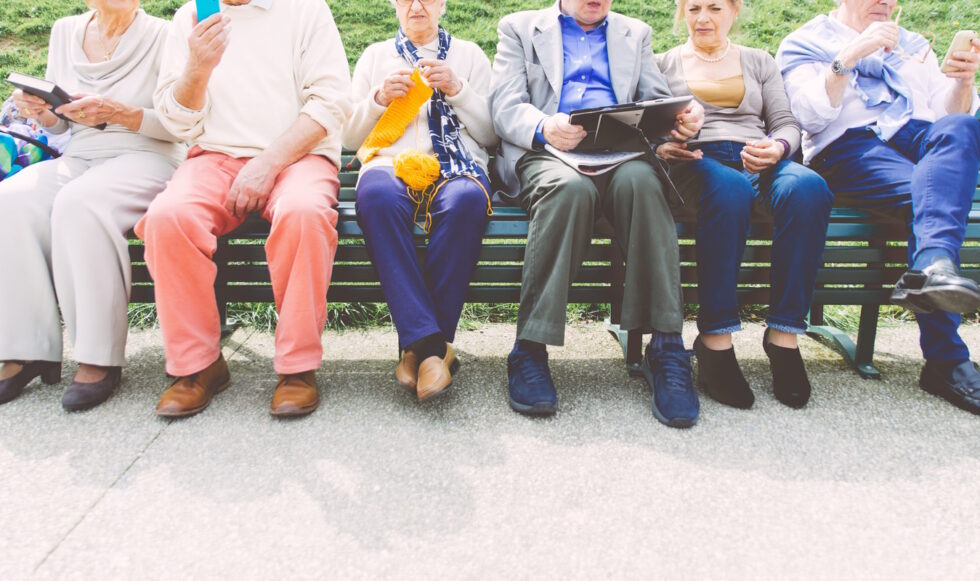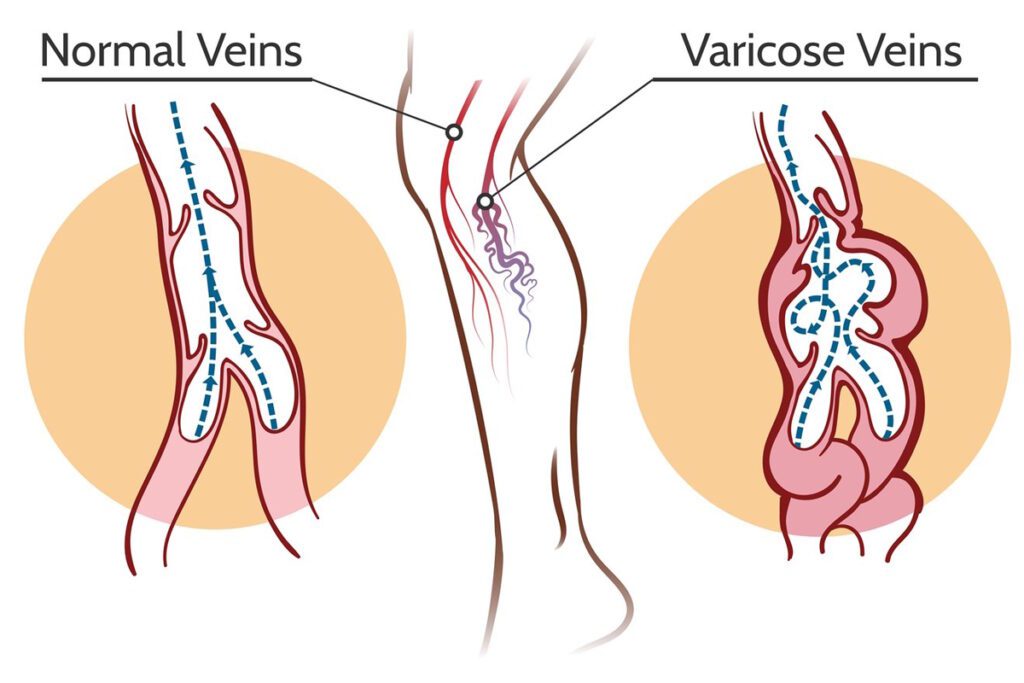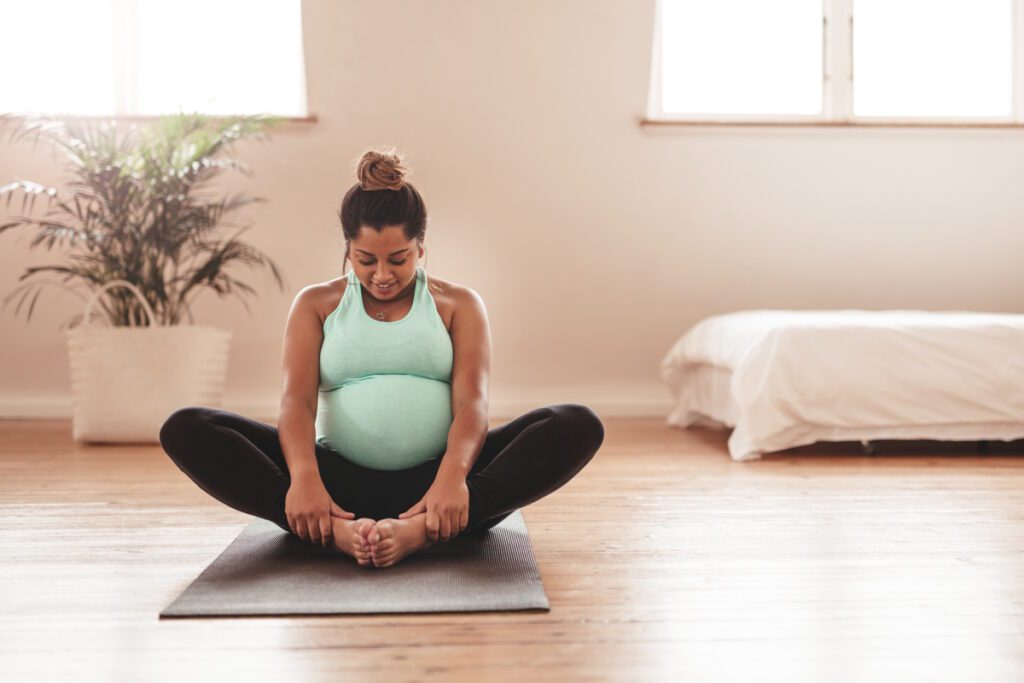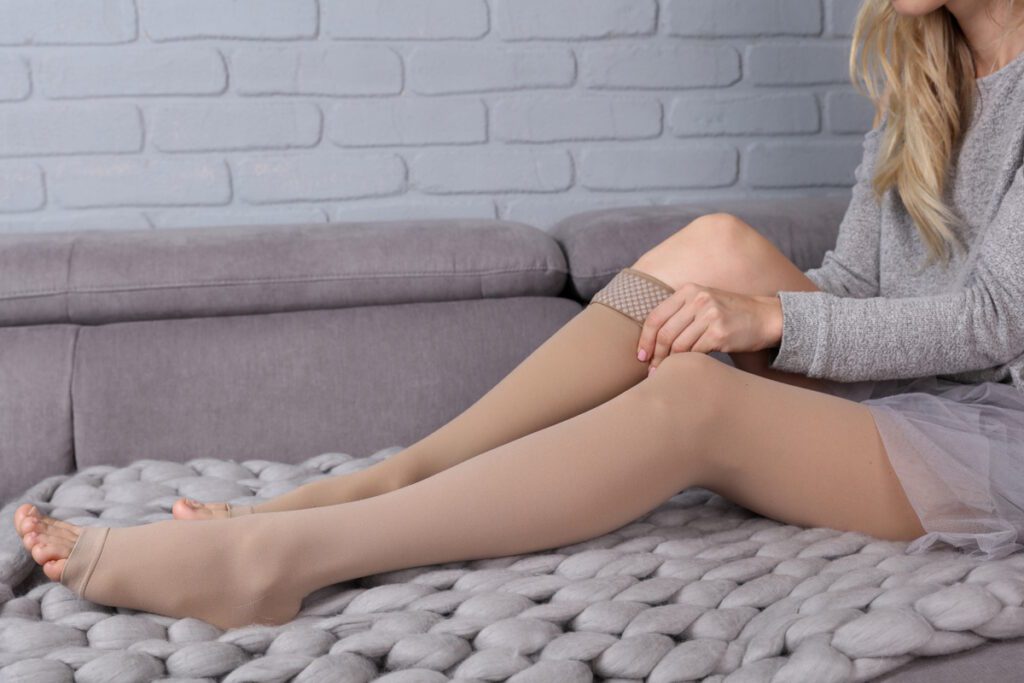Got Varicose Veins? Let’s Banish Them for Good!
Author: StrideCare Internal Team

Roughly 25% of men and women in the United States have varicose veins. These twisted, ropey, discolored, and bulging veins are unsightly. They can be difficult to cover up unless you ditch the shorts, skirts, and bathing suits you love so much and wear pants full-time. No one wants to do that. Not to mention, you are potentially covering up a bigger problem than you think. While largely not considered a serious health issue, varicose veins can be a sign of a more serious condition that can worsen if left untreated.
Varicose veins can appear on your legs when there is unhealthy pressure on your circulatory system. In other words, you may have a blood flow problem. There are various risk factors that can lead to poor blood flow, including age, genetics, and pregnancy. With the development of varicose veins, many patients experience painful symptoms such as:
- Achy or heavy feeling in your legs
- Burning sensation
- Throbbing, muscle cramping, swelling
- Pain that worsens after sitting or standing for long periods
- Itchy skin or skin discoloration
- Numb legs
Varicose Veins: Not Just an Ugly Fact of Life
Varicose veins are a condition where the veins stop working properly, fill up with blood, and enlarge or swell due to a high volume of fluid build-up. As we age, our veins don’t carry blood to the heart as well as they used to. As a result, this causes a reversal of flow and excess pressure, leading to poor circulation and pooling of backed-up blood. This can lead to twisted and enlarged veins that bulge, stretch, and enlarge further with time.

While anyone can get varicose veins, many people who have them are more susceptible because of:
- Aging — Varicose veins commonly develop between the ages of 30 and 70 simply because our veins aren’t working as well as they used to. Roughly 22 million women and 11 million men between the ages of 40-80 years old are susceptible to varicose veins.
- Genetics — You are more susceptible if your mother, grandmother, father, or grandfather had varicose veins. In fact, statistics show that nearly 50% of varicose vein patients have a family history of varicose veins.
- Working conditions — Cooks, bartenders, waiters, nurses, etc., have jobs that force them to be on their feet for hours at a time. This puts pressure on your veins and can lead to varicose veins.
- Obesity — Excess weight places additional stress on your circulatory system. This means your veins must work harder than normal to push blood throughout your body, leading to damaged veins and valves.
- Smoking and drinking alcohol — The development of new varicose veins is more common in individuals who smoke and drink regularly.
- Sedentary lifestyle — Most research suggests Americans sit almost 10 hours each day on average due to work, illnesses, and other factors. That means we are spending almost half the day sitting. This makes it harder for our veins to function properly and push blood throughout our bodies.
- Pregnancy — Varicose veins can be brought on during pregnancy when the uterus applies pressure to the large vein that carries blood back to the heart. Pregnancy can also make existing varicose veins worse.

More Varicose Vein Treatments than Ever
Please don’t let your varicose veins impact your life. If left unchecked, varicose vein symptoms can worsen and lead to more serious complications, including edema, restless leg syndrome, blood clots, and chronic venous insufficiency. On top of that, they can be treated if there is an accurate and early diagnosis coupled with the right solution based on your condition.
Regardless of whether you’ve already scheduled an appointment with your doctor, there are ways to reduce your risk of painful varicose veins. For example, the use of compression stockings may sufficiently reduce the appearance of varicose veins and remedy bothersome symptoms. They do so by applying gentle pressure. This helps with circulation, swelling, and reduces leg pain like achiness, and tiredness. The right medical-grade socks can prevent spider veins and varicose veins from occurring, or, if already present, from progressing and getting worse.

The goal of treatment is to relieve your symptoms, reduce risk of further complications, and improve leg appearance. Recent advances in image-guided technologies help patients avoid surgery and hospital admittances. These include:
- Sclerotherapy — Our board-certified vein specialists inject a specially formulated chemical solution full of sclerosing agents (either in liquid or foam form) into the affected veins. This solution irritates the vein walls and causes the vein to collapse and disappear, safely and effectively relieving your uncomfortable symptoms.
- Microfoam ablation — Unlike sclerotherapy, microfoam ablation treats larger, tortuous (twisted) veins as well as veins above and below the knee. Your specialist injects a special microfoam in your affected veins to relieve symptoms without heat or tumescent. The foam fills the desired section of the vein, and the diseased vein collapses.
- Radiofrequency ablation — A thin catheter is inserted into the diseased vein through a small puncture that does not leave a scar. The catheter is guided up into the great saphenous vein in the thigh or the small saphenous vein in the calf. The radiofrequency energy is delivered to the inside of the vein, heating and sealing the vein closed.
StrideCare Can Help with Varicose Veins
Sadly, many people think they are stuck with their painful or unsightly varicose veins, and that wearing pants more often is now an unfortunate way of life moving forward. But the reality is that your varicose veins and their symptoms can be managed. In many instances, the underlying cause for your varicose veins is vascular related and can be managed with the appropriate level of care and the right team of vascular specialists in your corner.
More good news: treatments are covered by most medical insurances and Medicare. Plus, you can be treated at StrideCare’s outpatient clinics without ever having to visit the hospital.
If your veins need treatment—or you have questions on how to avoid the onset of venous disease—the experts at StrideCare will recommend an individualized plan to help you get the best results. StrideCare physicians are board certified physicians with additional fellowship training in vascular and interventional radiology. Request an appointment for a vein disease evaluation to discuss your options.
Prior to starting any new treatment or questions regarding a medical condition, always seek the advice of your doctor or other qualified health provider. This information is not a substitute for professional medical advice.
StrideCare serves the South Texas area including Houston, San Antonio, Austin, Round Rock, Bastrop, Brushy Creek, Cedar Park, Converse, Georgetown, Hutto, Kyle, Leander, Marble Falls, New Braunfels, Pasadena, Pearland, Pflugerville, San Marcos, Schertz, Houston, Sugar Land, Katy, Webster, Bay City, Clear Lake, Lake Jackson, The Woodlands, Universal City, Spring, Kingwood, Stafford, Conroe, Texas City, Cypress, League City, Bellaire, and more.


